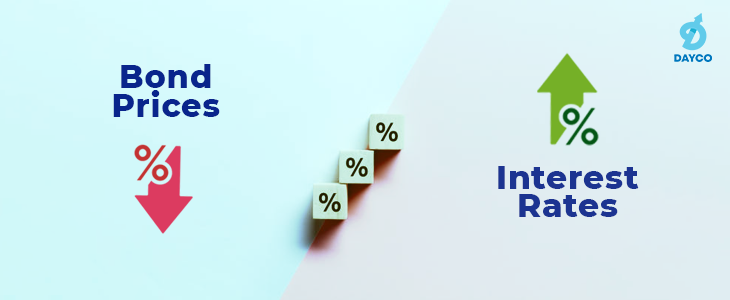In a surprise move, the RBI has hiked the Repo Rate (the rate at which commercial banks borrow money by selling their securities to the RBI to maintain Liquidity) by 40 bps to 4.40% on 04/05/2022. Along with the hike in Repo Rate, RBI has also increased the Cash Reserve Ratio (CRR – The % of a bank’s total deposit maintained with the Central Bank) by 50 bps to 4.50%. The hikes in Repo Rate and CRR will drain around 87,000/- crore of liquidity from the banking system.
The RBI controls inflation (Inflation = When too much money chasing too few goods) by increasing Repo rates, which forces commercial banks to increase their lending rates and thus discouraging spending. Since commercial banks will need more money to meet the obligations of RBI, they will be forced to increase the lending and as well as deposit rates.
The hike in deposit rates will encourage people to park a considerable portion of their surplus fund with Banks for assured return, rather than going fully for stocks or unnecessary spending. The hike in Bank Deposit rates will also encourage the possible hike in Small Savings and NBFC deposits. Thus, RBI will be able to suck excessive circulated money from the system and will have control over rising Inflation.
Reason for Bond price fall:
Let us assume that before announcing a hike in Repo Rate and CRR, the Bonds with F.V of 1000/- were available in the market with a coupon rate of 10%. Now with the hike of Repo Rate and CRR and changes of Bank Deposit Rates thereof, new Bonds with a F.V of 1000/- have come to the market with a coupon rate of 12%.
The existing holders of 10% coupon rate bonds will try to sell their holdings at a discount in the market and will block their money with the new 12% coupon rate bonds due to high coupon rate offered.
One of the other affected areas are the changes in the Current Bond Yields due to the monetary policy of the Central Bank. A bond yield is a return an investor realises from that particular Bond. Any change in the Central Bank’s monetary policy directly affects the Current Yields (Current Yield = Annual Coupon payment / Bond Price).
Say you have a Bond with a Face Value of Rs. 1000/- with an annual coupon payment of Rs. 100/-. Before the announcement of the Repo Rate hike, the market price of such Bond was Rs. 1020/- and the yield was 100/1020= 9.80%
Now, let us assume that after an increase in Repo Rate, the market price of that particular Bond has been reduced to Rs.1010/-.
So its Current Yield will be 100/1010= 9.90%.
The yield has increased, though the market price of that particular Bond has decreased. This is called “the inverse relationship between interest rates and bond prices.”
If you have a question, share it in the comments below or DM us or call us – +91 9051052222. We’ll be happy to answer it.
– Suman Dan
















